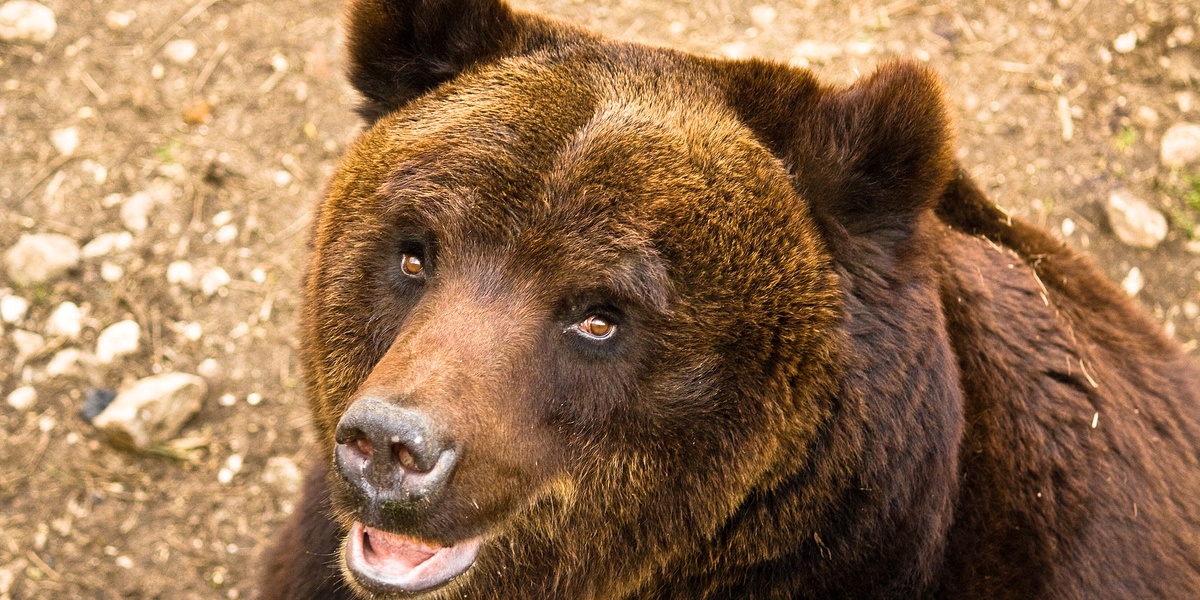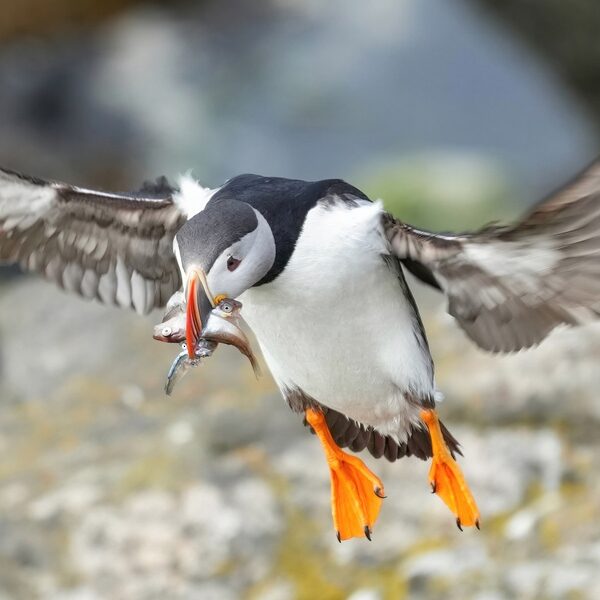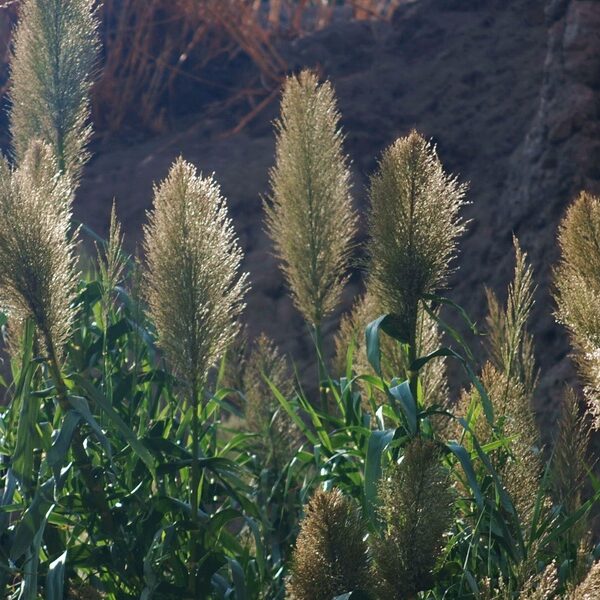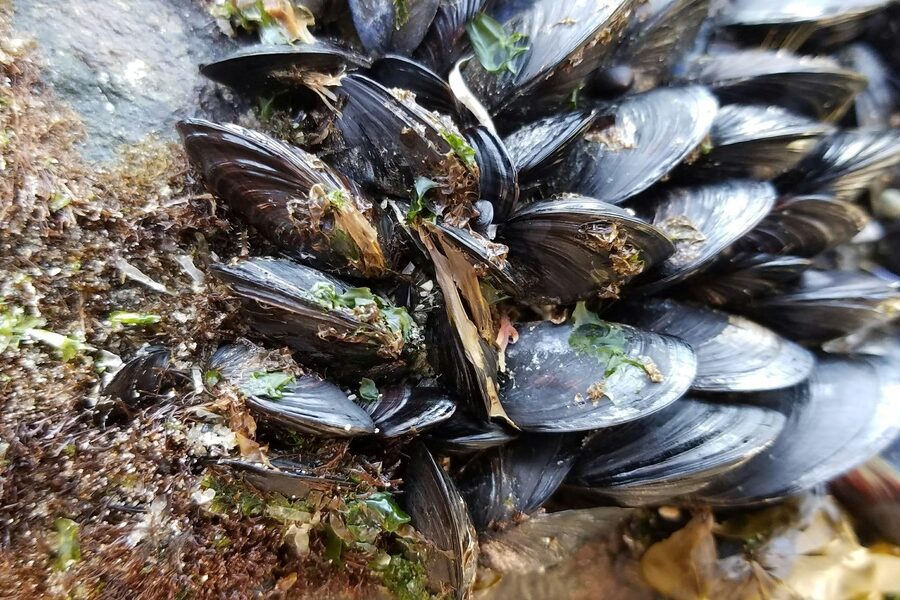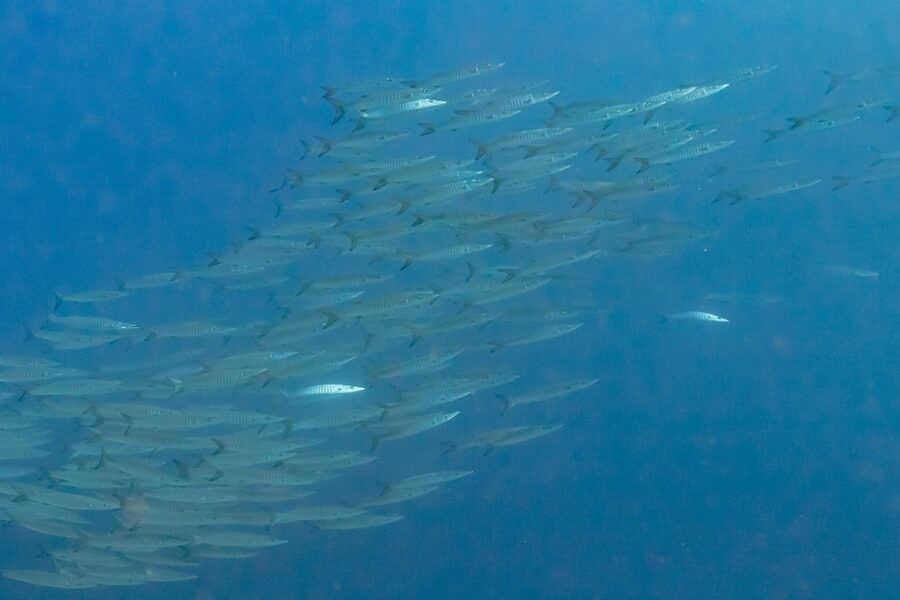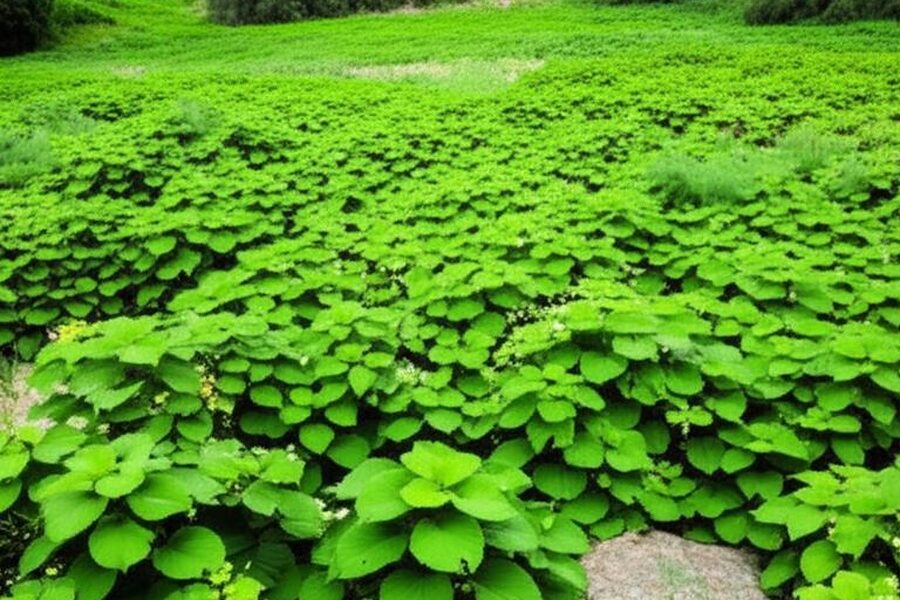Italy’s varied landscapes—from Alpine peaks and Apennine woodlands to wetlands and Mediterranean coasts—host rich wildlife, but many native species are under pressure from habitat loss, pollution and invasive competitors. Knowing which species are at risk helps direct conservation efforts where they matter most.
There are 30 Endangered Species in Italy, ranging from Adriatic Sturgeon to Zelkova sicula. For each entry I list key details organized as Scientific name,Status,Region (Italy); you’ll find below.
How was this list of endangered species compiled?
The list draws on national and international assessments, including IUCN and Italian red lists, plus regional surveys where available; species are included based on documented declines, restricted ranges or known threats, but statuses can change so check original sources for updates.
What practical steps can I take to help protect these species?
Support habitat protection and restoration, avoid disturbing wild areas, report sightings to local conservation groups or citizen‑science platforms, choose sustainably sourced products, and back reputable NGOs or local initiatives that work on species recovery and monitoring.
Endangered Species in Italy
| Common name | Scientific name | Status | Region (Italy) |
|---|---|---|---|
| Marsican Brown Bear | Ursus arctos marsicanus | CR (Italy) | Central Apennines, Abruzzo National Park |
| Monk Seal | Monachus monachus | EN (IUCN) | Mediterranean Sea, Sardinia, Tuscan Archipelago |
| Egyptian Vulture | Neophron percnopterus | EN (IUCN) | Southern Italy, Sicily, Sardinia |
| Lanner Falcon | Falco biarmicus feldeggii | EN (Italy) | Sicily and southern Italian cliffs |
| Bonelli’s Eagle | Aquila fasciata | EN (Italy) | Sicily, Sardinia, Calabria |
| Audouin’s Gull | Ichthyaetus audouinii | EN (Italy) | Coastal islands of Sardinia and Tuscany |
| White-headed Duck | Oxyura leucocephala | EN (IUCN) | Wetlands in Puglia, Sicily, Sardinia |
| Balearic Shearwater | Puffinus mauretanicus | CR (IUCN) | Forages in Ligurian and Tyrrhenian Seas |
| Sociable Lapwing | Vanellus gregarius | CR (IUCN) | Rare migrant, fields in southern Italy |
| Great Bustard | Otis tarda | CR (Italy) | Sardinian grasslands |
| Loggerhead Sea Turtle | Caretta caretta | EN (IUCN, Med. subpopulation) | Nests on beaches in Southern Italy |
| Leatherback Sea Turtle | Dermochelys coriacea | CR (IUCN, Med. subpopulation) | Open Mediterranean waters |
| Aeolian Wall Lizard | Podarcis raffonei | CR (IUCN) | Four tiny Aeolian islets off Sicily |
| Orsini’s Viper | Vipera ursinii ursinii | EN (Italy) | High-altitude meadows of the Central Apennines |
| Spur-thighed Tortoise | Testudo graeca | EN (Italy) | Sardinia, Sicily, southern Italy |
| Sardinian Brook Salamander | Euproctus platycephalus | EN (IUCN) | Mountain streams of Sardinia |
| Lampedusa Painted Frog | Discoglossus pictus pictus | CR (Italy) | Found only on the island of Lampedusa |
| Adriatic Sturgeon | Acipenser naccarii | CR (IUCN) | Po and other Adriatic rivers |
| European Eel | Anguilla anguilla | CR (IUCN) | Rivers and coasts throughout Italy |
| Angelshark | Squatina squatina | CR (IUCN) | Coastal waters, now extremely rare |
| Maltese Skate | Leucoraja melitensis | CR (IUCN) | Deep waters of the Strait of Sicily |
| Shortfin Mako Shark | Isurus oxyrinchus | EN (IUCN) | Mediterranean Sea |
| Common Guitarfish | Rhinobatos rhinobatos | CR (IUCN) | Coastal Mediterranean waters |
| Carcione | Leuciscus albus | EN (Italy) | Rivers in Tuscany, Lazio, and Campania |
| Noble Pen Shell | Pinna nobilis | CR (IUCN) | Coastal seagrass beds throughout Italy |
| Freshwater Pearl Mussel | Margaritifera margaritifera | EN (IUCN) | Clean, fast-flowing northern Italian rivers |
| Sicilian Fir | Abies nebrodensis | CR (IUCN) | Madonie mountains, Sicily |
| Zelkova sicula | Zelkova sicula | CR (IUCN) | Hyblaean Mountains, Sicily |
| Aeolian Cytisus | Cytisus aeolicus | EN (IUCN) | Aeolian Islands (Vulcano, Stromboli, Alicudi) |
| Calambrone’s Cornflower | Centaurea aplolepa subsp. calambronea | CR (Italy) | Coastal dunes near Pisa, Tuscany |
Images and Descriptions
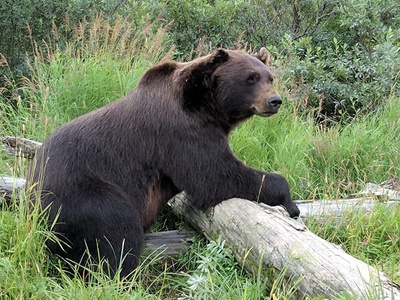
Marsican Brown Bear
A unique bear subspecies with only 50-60 individuals. It’s threatened by human-wildlife conflict and habitat fragmentation. Conservation focuses on creating wildlife corridors and community engagement.
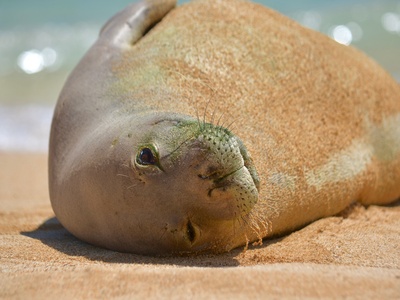
Monk Seal
One of the world’s rarest marine mammals, threatened by fishing gear entanglement, habitat loss, and human disturbance. Protected marine areas are crucial for its survival in Italian waters.
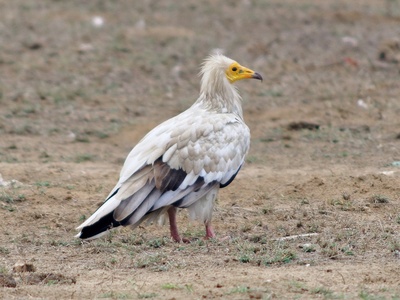
Egyptian Vulture
This scavenger has declined drastically due to poisoning from baited carcasses, electrocution on power lines, and habitat loss. Captive breeding programs are attempting to boost its numbers.
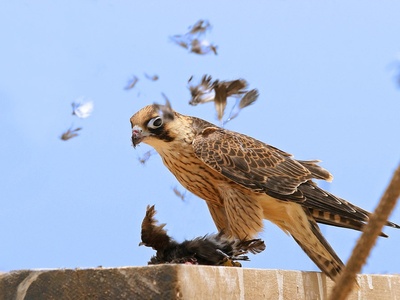
Lanner Falcon
This subspecies is threatened by nest poaching for falconry, habitat degradation, and competition with Peregrine Falcons. Monitoring breeding sites is a key conservation action to protect them.
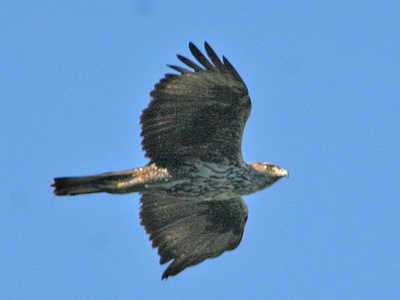
Bonelli’s Eagle
A powerful eagle facing threats from electrocution on power pylons, habitat loss, and human disturbance at nest sites. Conservation efforts include insulating power lines and protecting nesting areas.
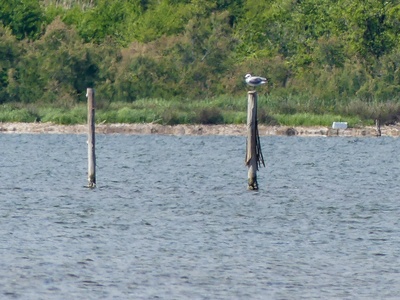
Audouin’s Gull
Though recovering elsewhere, this gull is endangered in Italy. It is threatened by predation from other gulls and human disturbance in its breeding colonies. Island sanctuaries are vital.
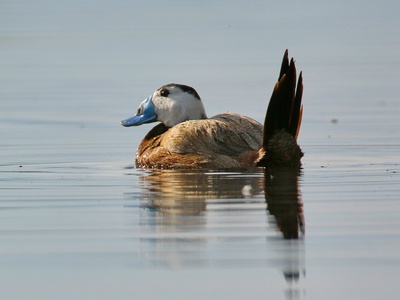
White-headed Duck
This stiff-tailed duck is critically threatened by hybridization with the invasive North American Ruddy Duck. Eradication programs for the Ruddy Duck are essential for its survival.
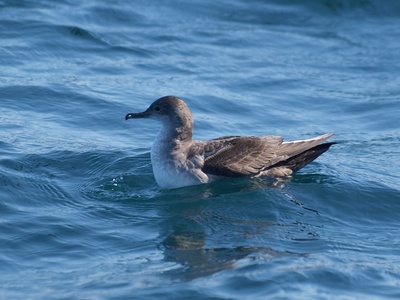
Balearic Shearwater
This seabird is Europe’s most endangered, facing extinction within decades. The primary threat is getting accidentally caught and drowned in longline and trawl fishing gear during foraging.
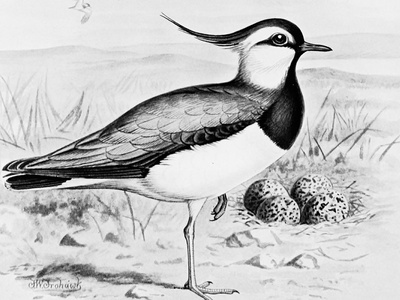
Sociable Lapwing
This critically endangered bird faces threats across its entire migratory route. In Italy, conversion of grasslands to intensive agriculture removes the vital stopover habitat it needs to survive.
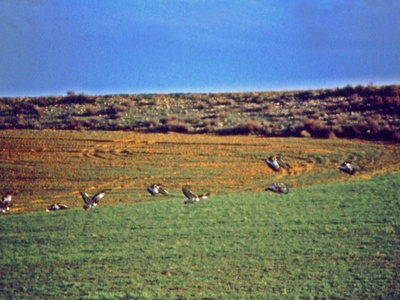
Great Bustard
One of the world’s heaviest flying birds. The tiny relict population in Sardinia is critically threatened by habitat loss from agricultural intensification and collision with power lines.
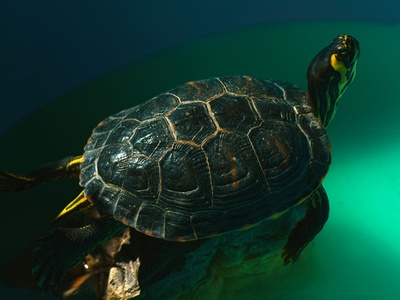
Loggerhead Sea Turtle
This iconic turtle is threatened by bycatch in fishing nets, plastic pollution, and destruction of nesting beaches by tourism. Volunteer-led efforts to protect nests are critical during summer.
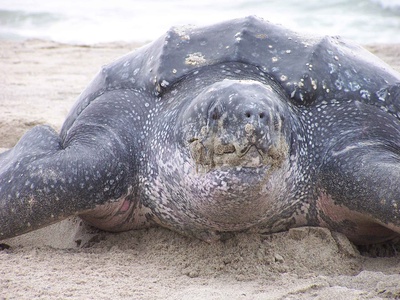
Leatherback Sea Turtle
The largest sea turtle is critically endangered in the Mediterranean. It faces extreme threats from plastic ingestion, which it mistakes for jellyfish, and entanglement in fishing gear.
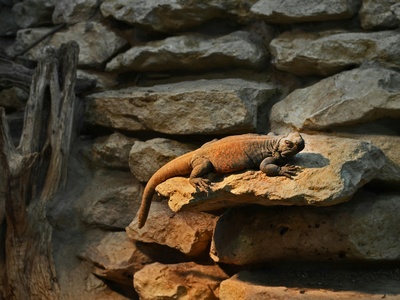
Aeolian Wall Lizard
With fewer than 1,000 adults, it’s critically endangered by competition and predation from the invasive Italian Wall Lizard. Conservation focuses on controlling invasive species and habitat protection.
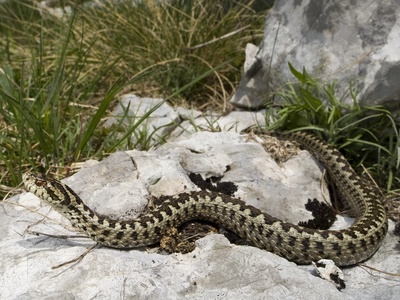
Orsini’s Viper
This small viper is endangered due to habitat loss from ski resort development and changes in grazing practices. Its mountain habitat is fragile and requires strict protection from human impact.
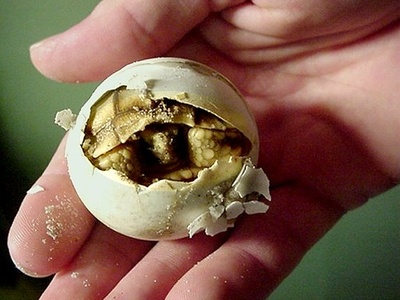
Spur-thighed Tortoise
This tortoise is endangered by illegal collection for the pet trade and habitat destruction from wildfires and urban expansion. Protecting its natural scrubland habitat is essential.
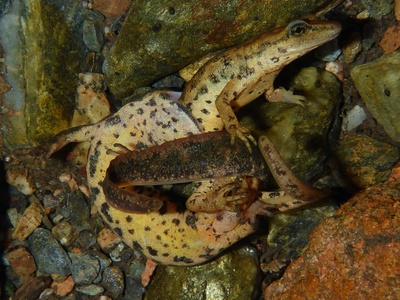
Sardinian Brook Salamander
This unique amphibian is endemic to Sardinia and threatened by habitat degradation, water pollution, and predation by introduced trout. Protecting its pristine stream habitats is the top priority.
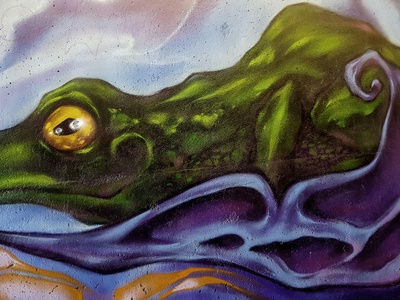
Lampedusa Painted Frog
The Italian population of this frog is critically endangered due to extreme habitat loss, water scarcity, and degradation of its few remaining breeding ponds on the arid island.
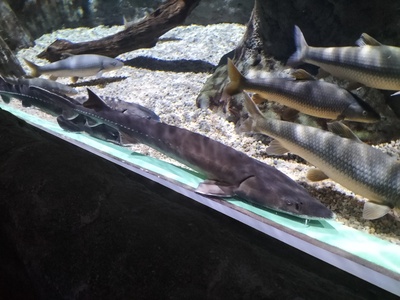
Adriatic Sturgeon
This ancient fish is on the brink of extinction in the wild due to dam construction blocking migration routes and historical overfishing. Captive breeding and reintroduction programs are its last hope.
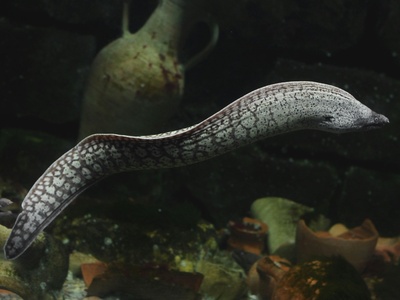
European Eel
Its complex life cycle is disrupted by dams blocking migration, overfishing of young “glass eels,” and pollution. International cooperation is needed to manage this shared, declining population.
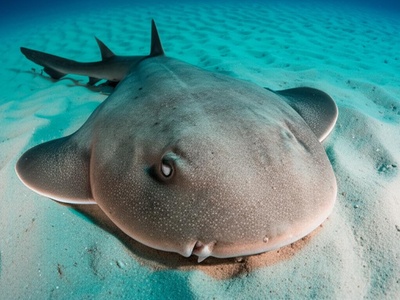
Angelshark
Once common, this bottom-dwelling shark has been decimated by commercial bottom trawling. It is a no-take species, and protecting critical habitats like the Strait of Sicily is essential.
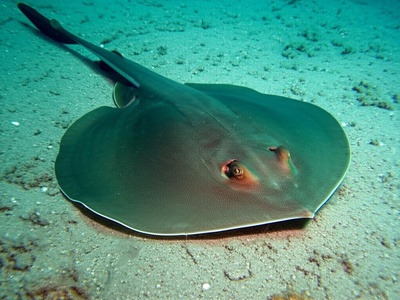
Maltese Skate
This small skate is a victim of intense bottom trawling pressure in its limited Mediterranean range. Establishing no-trawl zones is the only way to prevent its extinction.
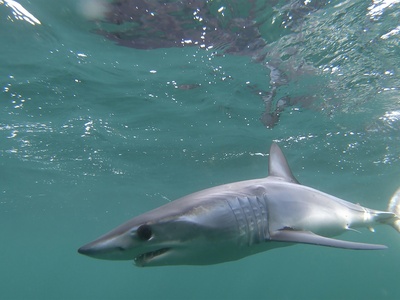
Shortfin Mako Shark
The fastest shark in the sea is severely overfished, primarily as bycatch in tuna and swordfish longline fisheries. International fishing quotas are in place but enforcement is difficult.
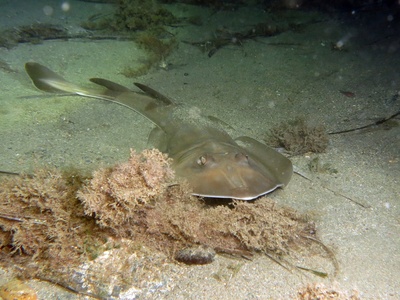
Common Guitarfish
This ray-like shark is critically endangered due to being caught as bycatch in bottom trawls. Its population has collapsed, and it requires urgent protection from all forms of fishing.

Carcione
This freshwater fish, endemic to central-southern Italy, is endangered by water extraction for agriculture, pollution, and competition from invasive alien fish species like the wels catfish.
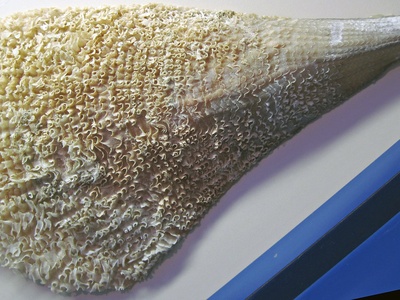
Noble Pen Shell
The largest Mediterranean bivalve, it has suffered a catastrophic mass mortality event from a parasite. Surviving populations are rare, and research is focused on finding resistant individuals.
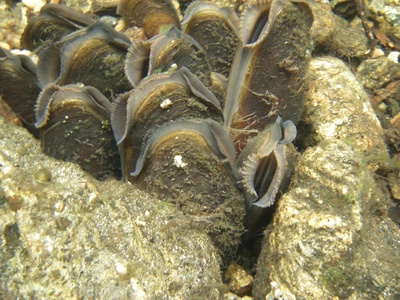
Freshwater Pearl Mussel
This long-lived mussel, which can live for over 100 years, requires pristine water quality. It is endangered by river pollution and siltation from agriculture and industry.
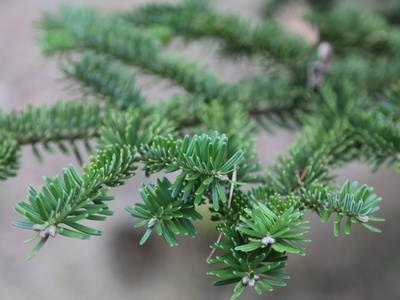
Sicilian Fir
This is one of the world’s rarest trees, with only about 30 mature individuals surviving in the wild. A strict conservation program protects them from fire and grazing while cultivating new seedlings.
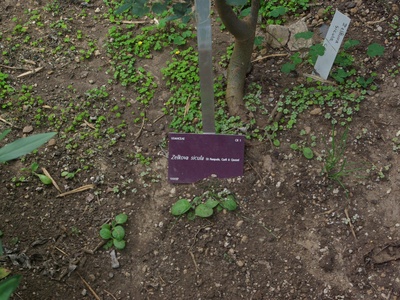
Zelkova sicula
A relict “living fossil” tree species discovered in 1991, with only a few hundred individuals. It is threatened by overgrazing and summer droughts, requiring fencing and propagation efforts.
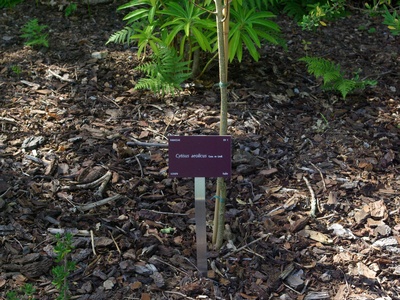
Aeolian Cytisus
This rare broom is threatened by habitat loss due to agriculture, urbanization, and hybridization with other broom species. Seed banks and cultivation projects aim to preserve its genetic purity.
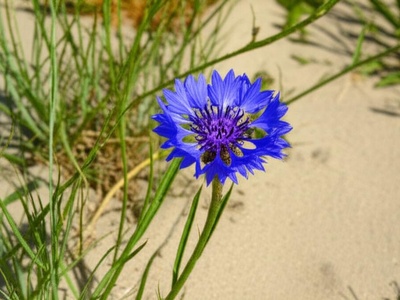
Calambrone’s Cornflower
This rare coastal plant is confined to a tiny area threatened by coastal erosion and human trampling. Dune restoration and fencing off its habitat are key to its survival.
